Quiz: Am I Emo?

The thin line between ordinary emotionality and belonging to the emo subculture is sometimes imperceptible even for the person themselves. Have you noticed that you prefer black clothes, listen to certain music, and acutely experience your emotions? Perhaps, a piece of emo culture lives within you. Our quiz “Am I Emo?” will help you figure this out, but first, it’s worth understanding what emo actually is – beyond stereotypes and superficial representations.
What is Emo?
Emo (from English “emotional”) is a subculture that emerged in the mid-1980s as an offshoot of hardcore punk. Initially, emo was a musical direction characterized by sincere, often confessional lyrics and an emotional manner of performance. Gradually, a whole movement formed around this music, with its popularity peak occurring in the early 2000s.
The philosophy of emo is based on the idea of emotional openness, sensitivity, and self-expression. Representatives of emo culture are not afraid to show their feelings, talk about personal experiences, and demonstrate vulnerability – qualities that in traditional society are often considered signs of weakness, especially in men.
It’s important to understand that emo is not just a love for sad music or a tendency toward melancholy. It’s a whole complex of values, aesthetic preferences, and a certain worldview based on deeply experiencing and expressing emotions.
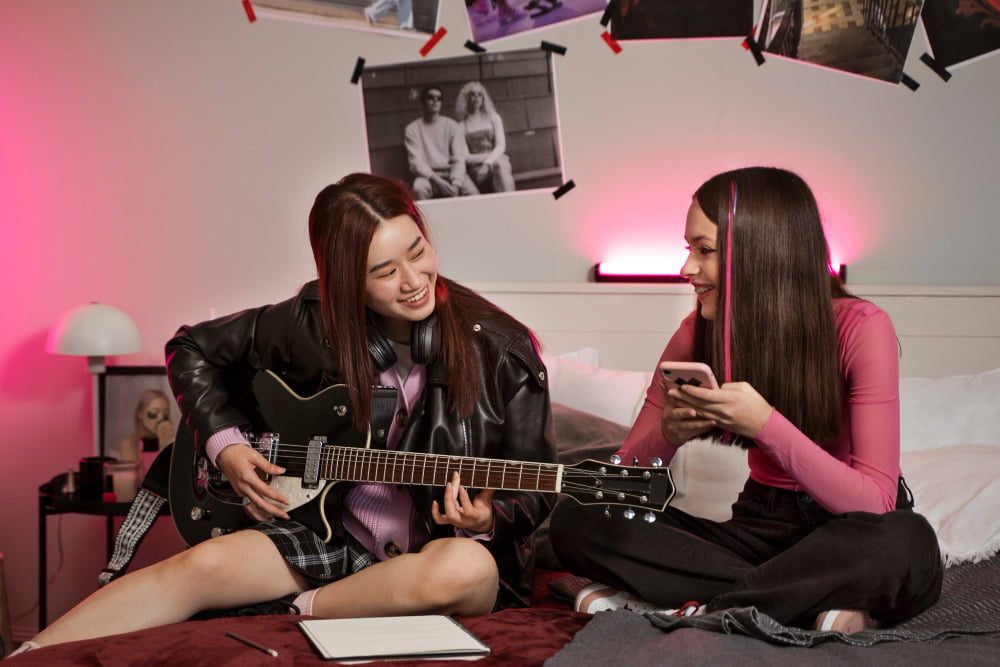
Emo Style: Music, Fashion, Art
Emo as a subculture manifests in three main dimensions: music, appearance, and worldview.
Music is the foundation of emo culture. Emo-core is characterized by a combination of melody and aggression, clean vocals and screaming, lyrical and driving passages. Classic representatives of the genre include Rites of Spring, Sunny Day Real Estate, The Get Up Kids. In the 2000s, My Chemical Romance, Fall Out Boy, Panic! At The Disco gained popularity, combining elements of emo with pop-punk and alternative rock.
The appearance of emo is recognizable by characteristic elements: black skinny jeans, striped t-shirts or hoodies, checkered details, badges and patches with symbols of favorite bands. Special attention is paid to hairstyle – asymmetrical haircuts with long bangs covering one eye, often with bright colored strands (pink, purple, blue). In makeup – lined eyes, sometimes pale facial tone.
Emo art and aesthetics are manifested in specific visual symbolism: hearts (often broken), stars, crossed-out X letters, a certain color palette (black, pink, purple). This aesthetic is reflected in the design of diaries, social media profiles, drawings, and collages.
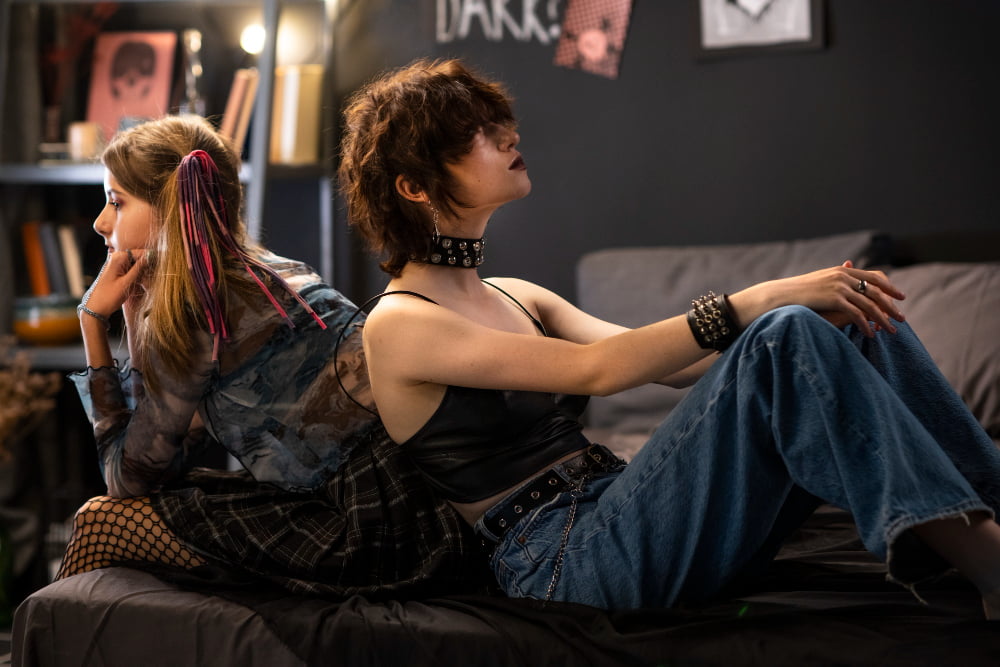
Quiz Explanation
Our “Am I Emo?” quiz is not just an entertaining test but a self-discovery tool that allows you to determine your proximity to emo culture. Consisting of 20 questions, it covers various aspects: from musical preferences to attitudes toward emotions and ways of self-expression.
Each question has several answer options reflecting different degrees of closeness to emo values. At the end of the quiz, you will receive a percentage result and a detailed description of your “emo profile” – from “Casual Observer” to “True Emo.” It’s important to note that the quiz considers not only external attributes but also internal attitudes characteristic of the emo worldview.
The quiz is based on research of subcultures, psychological aspects of self-identification, and real characteristics that distinguish representatives of the emo movement.
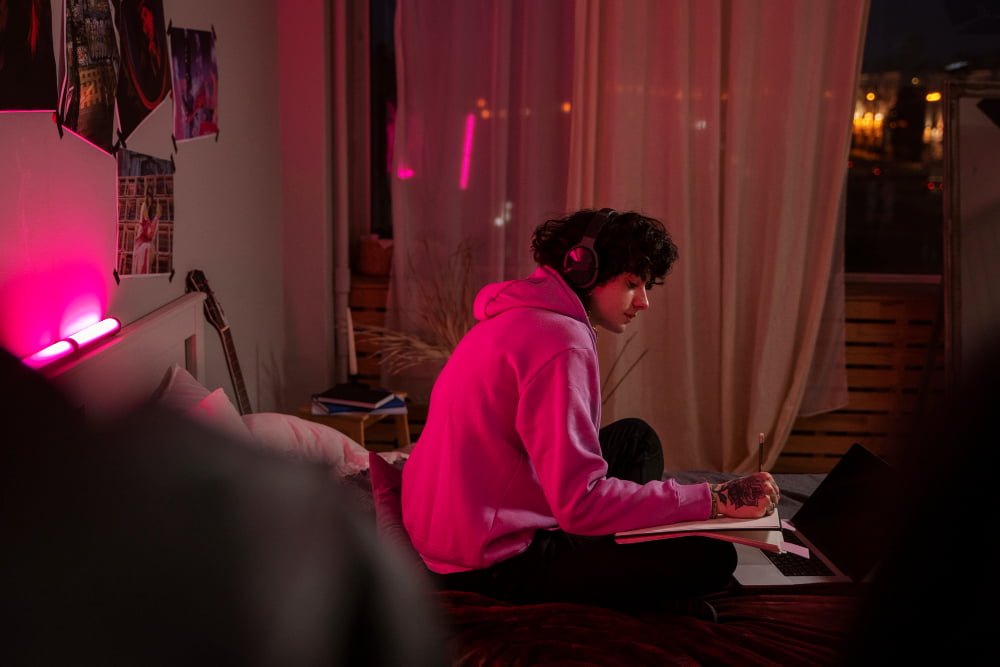
How to Know if You’re Emo: Main Signs and Characteristics We Used in the Quiz
Belonging to emo culture manifests through a complex of interrelated signs: from specific musical preferences to a special attitude toward emotions. In our quiz, we highlighted key characteristics that allow you to determine your proximity to the emo subculture from different angles. Let’s consider each aspect in more detail so you can better understand what exactly is being evaluated in the test.
Emotional Sensitivity and Self-Expression
The key sign of belonging to emo is a special attitude toward emotions. Representatives of this subculture:
- Deeply experience both positive and negative emotions, not trying to suppress the latter
- Value sincerity in expressing feelings and encourage emotional openness
- Are prone to self-analysis and reflection
- Often keep diaries or blogs where they describe their experiences
- Find an outlet for emotions through creative self-expression: music, poetry, drawings
In the quiz, this aspect is explored through questions about your attitude toward expressing sadness, ways of experiencing emotions, and tendency toward self-analysis.
Musical Preferences
Musical tastes are one of the most obvious markers of belonging to emo culture:
- Preference for emo-core, post-hardcore, certain directions of alternative rock
- Value of the lyrical content of songs, especially when they touch on themes of personal experiences, internal conflicts, complex relationships
- Emotional response to music, ability to “dissolve” in it
- Attending concerts of favorite bands as an important part of life
In the test, you will find questions about your favorite performers, the significance of music in your life, and emotional response to certain musical styles.
Appearance and Style
Visual self-presentation plays a significant role in emo culture:
- Characteristic clothing: skinny jeans, striped or checkered elements, layering
- Accessories: badges, patches, spiked bracelets, studded belts
- Hairstyle: asymmetry, long bangs, often dyed in bright colors
- Makeup: eyeliner (for representatives of both sexes), sometimes use of dark lipstick
- Preference for a certain color palette: black combined with bright accents (pink, purple)
The quiz includes questions about your wardrobe, attitude toward certain style elements, and the significance of external self-expression.
Attitude Toward Life and Worldview
Emo culture is characterized by a special view of the world:
- Romanticization of melancholy and sensitivity
- Interest in themes of loneliness, misunderstanding, self-discovery
- Pursuit of authenticity and rejection of falsity
- Value of friendship and support in a community of like-minded people
- Skeptical attitude toward generally accepted social norms
- Tendency to see beauty in imperfection
In the test, these aspects are revealed through questions about your worldview, values, and attitude toward social conventions.
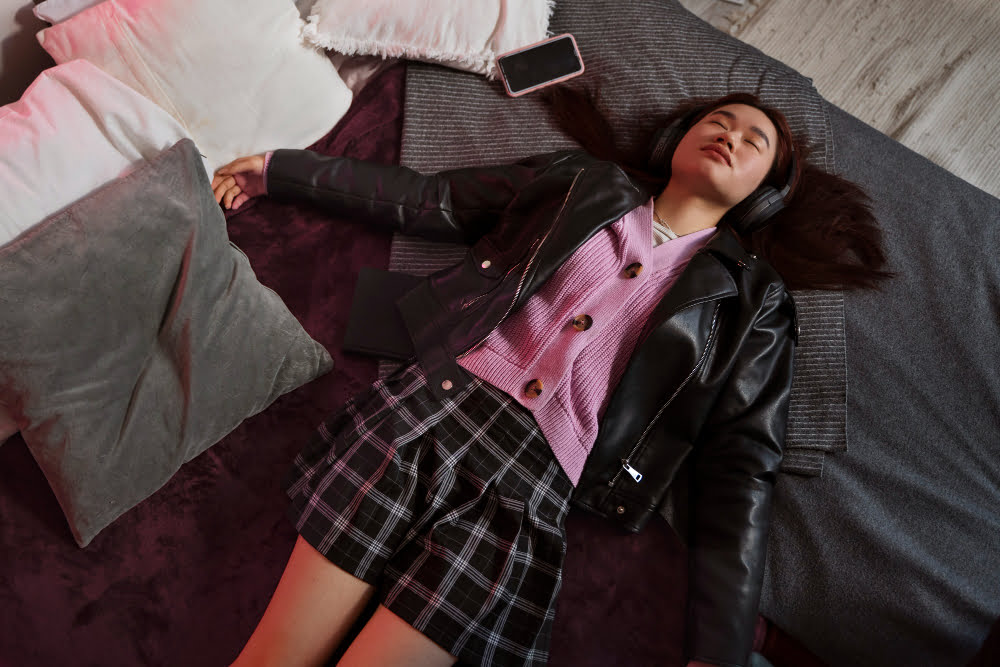
Conclusion
Belonging to emo culture is not just a matter of appearance or musical preferences. It’s a whole complex of characteristics, including a special attitude toward emotions, a certain view of the world, and ways of self-expression. It’s important to understand that being “emo” is not just following a fashion trend, but sharing the values of this subculture: emotional sincerity, sensitivity, the pursuit of self-knowledge.
Our “Am I Emo?” quiz will help you determine how much your traits correspond to emo culture. Regardless of the result, remember: self-knowledge is a path to better understanding yourself and your needs. Take the test to find out if there’s a piece of emo soul in you, or if you just appreciate some elements of this bright and emotionally rich subculture.
Disclaimer 📢
This quiz is designed for entertainment purposes only. The results are not scientifically validated and do not constitute professional advice or assessment. The quiz results are meant to be fun and should not be used as a basis for any life decisions or as a substitute for professional consultation. If you need personalized guidance, please consult with appropriate qualified professionals.
Questions Overview
- Bright, vibrant colors
- Mostly neutral, earthy tones
- A lot of black, but I wear other colors too
- Black is my happy color
- Pop or hip-hop
- Classic rock or jazz
- Alternative or grunge
- Punk rock
- I usually keep them to myself
- I talk them out with close friends or family
- I write poetry or song lyrics
- Through creative outlets, like music, art, or writing
- Romantic comedies or family-friendly shows
- Action-packed or thrillers
- Dark, psychological dramas
- Anything with a deep, introspective, or melancholic theme
- Outgoing and cheerful
- Reserved, but generally positive
- Somewhat brooding or introspective
- I often have a melancholic outlook
- Big parties with lots of people
- Casual get-togethers with friends
- Small gatherings or one-on-one
- I prefer my own company, solitude can be comforting
- Rarely, I prefer to focus on the practical
- Occasionally, when I have some free time
- Quite often, I find such topics interesting
- Always, I’m frequently lost in deep thoughts
- Preppy, sporty or casual
- Classic or vintage
- Somewhat alternative or grunge
- Definitely dark, often includes emo or punk elements
- Self-help or non-fiction
- Mystery or adventure
- Fantasy or dystopian novels
- Dark poetry, gothic novels or deep existentialist works
- I enjoy it and participate in it
- Some aspects of it are fine
- I tend to dislike mainstream culture
- I strongly reject mainstream norms and culture
- Impressionism or Classical Art
- Abstract or Modern Art
- Surrealism or Symbolism
- Gothic or Dark Art
- Simple and easy to maintain
- Stylish but not too eccentric
- Somewhat unconventional or bold
- Often dyed in dark colors, maybe with an emo or punk influence
- Bright, sunny places
- Somewhere bustling, like a city
- Calm places with a bit of melancholy, like overcast beaches or forests
- Dark, intimate settings, maybe with some moody music playing
- Brightly colored scarves or jewelry
- Classic watches or subtle necklaces
- Leather or lace accessories
- Band merchandise, studded belts, or wristbands
- I usually keep my emotions hidden
- I share them only with people I trust
- I sometimes express them through art or writing
- I wear my emotions on my sleeve – music, clothes, body language, everything
- It would bother me a lot, and I might change to fit in
- I'd feel slightly upset but wouldn't let it affect me too much
- I'd shrug it off, everyone has different tastes
- I don't care what others think, I embrace my individuality and unique style
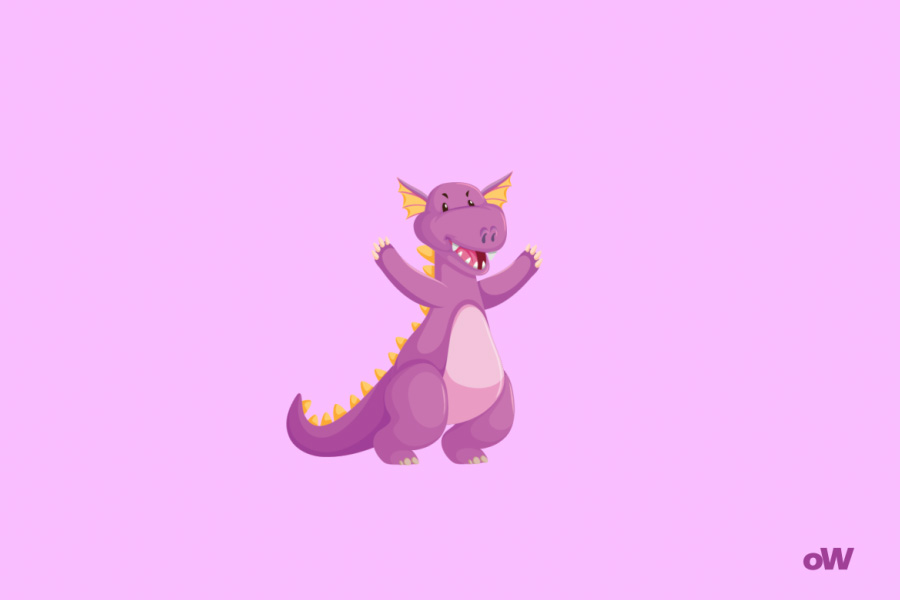

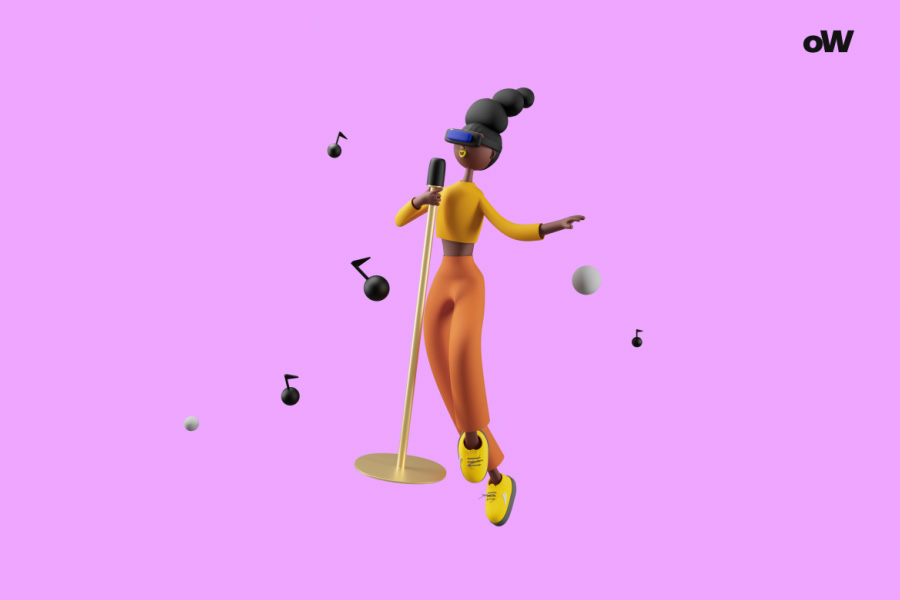
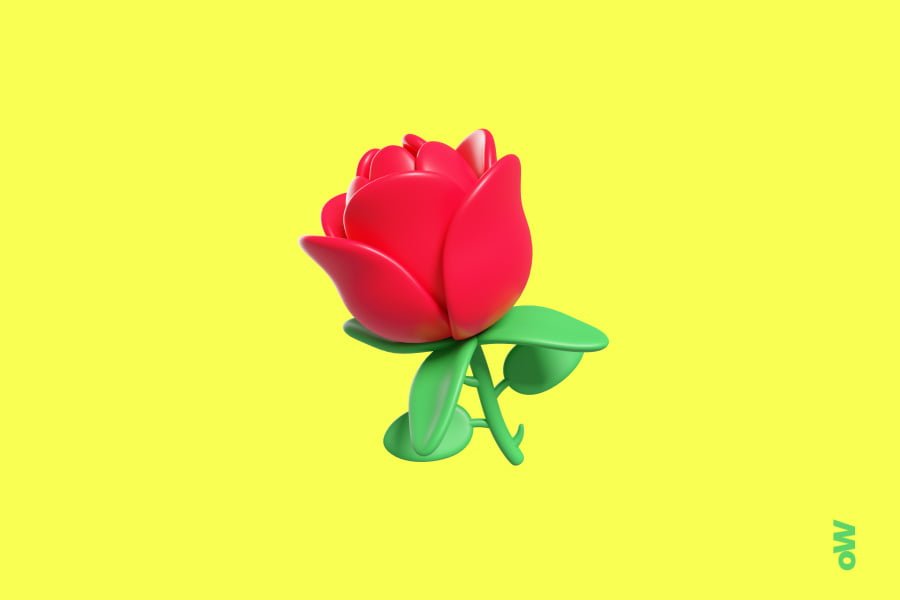



Hm, I didn’t expect it but I got Emo Tendencies. People always told me I looked, dressed , and acted emo for almost my entire life. I even dress emo/ goth. But I guess I really need to try my best in doing better at it, I cant be seen as a “poser”.